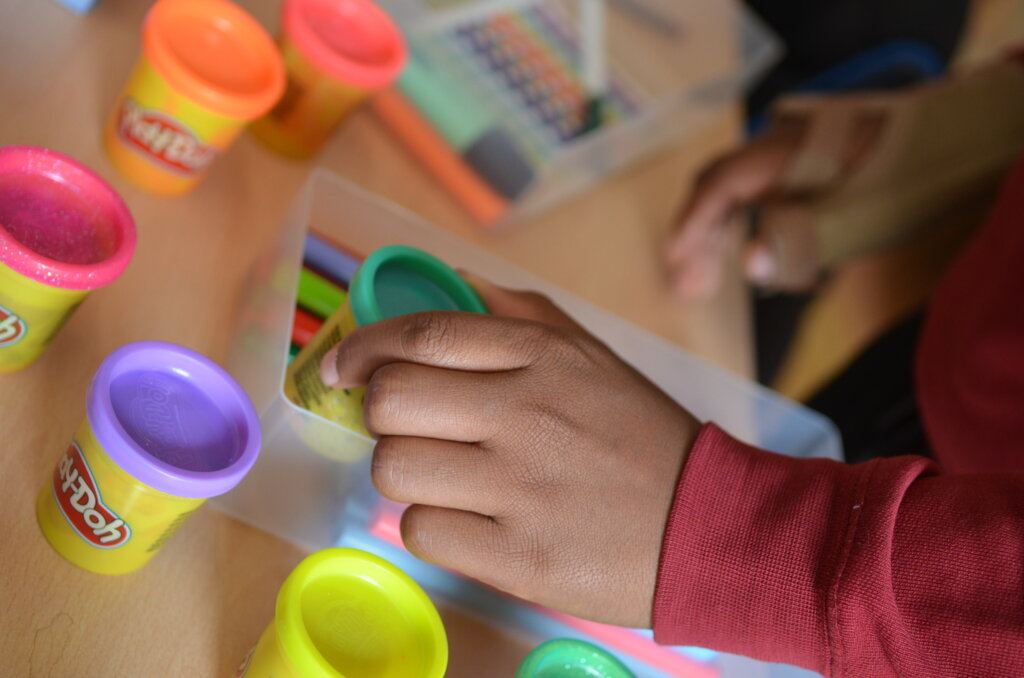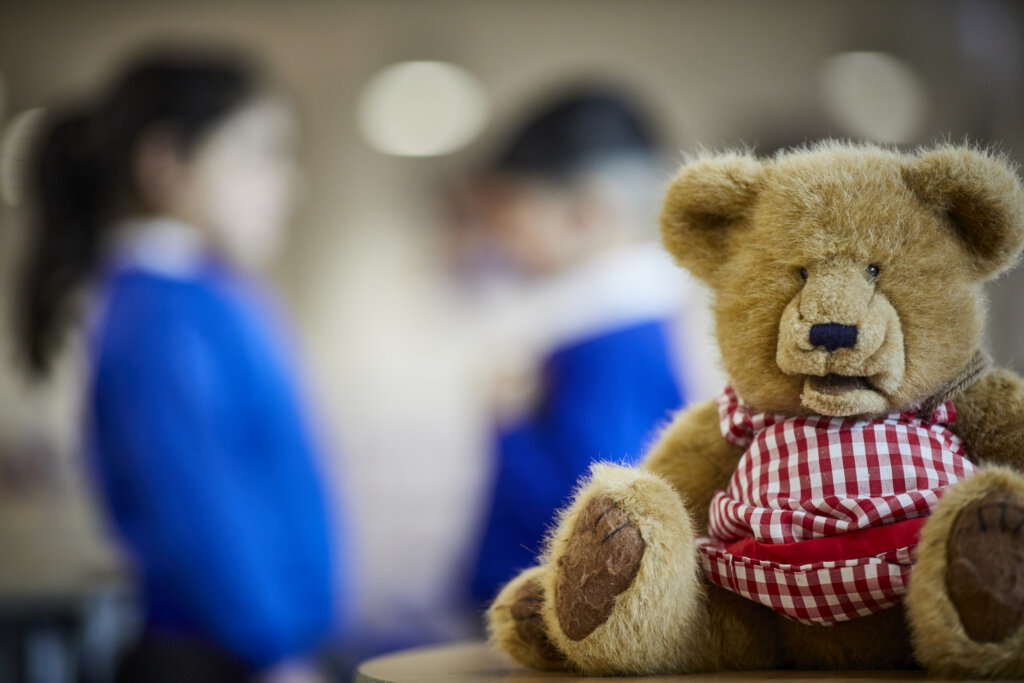Latest figures show that there are 4.8 billion social media users worldwide, equivalent to two-thirds of the global population. With an ever-expanding audience at our fingertips, the power of social media and its impact on school marketing cannot be underestimated. Whether it’s Facebook, X (formerly Twitter), or even TikTok, social media platforms offer an unparalleled reach for schools to connect with families, staff, and other educational settings, making it one of the best places to build your brand and strengthen your community.
But setting up your social media profile is only the first step – next, you need to think about what to post. This can be a major stumbling block for school staff, who often lack the time and inspiration to generate new and engaging content. In this blog, we will reflect on the Three E’s of social media to support you through the process of content creation.
The Three E’s of Social Media
- Educate
Social media allows schools to establish a direct line of communication with parents, making it easier than ever to share updates and information. This can be as simple as reminding parents about upcoming events and lateness policies, or it can be an opportunity to raise awareness on important issues such as online safety and wellbeing.
Remember, when people have questions, they are increasingly turning to social media for the answers. Using your social media profile as a source of information that parents can rely on will help to improve user experience and enhance the reputation of your school.
Example: Post an infographic that informs parents of the weekly homework schedule and explains how to support children with tasks.
- Entertain
Informing users is important, but it’s not enough to create a successful social media campaign on its own. Primarily, people browse social media sites in order to be entertained – whether it’s watching cute animal videos, laughing at memes, or taking pride in their children’s achievements at school!
Working in education, everyday you get to see the magic, awe and wonder that is part of the teaching and learning experience – social media is the perfect opportunity to share this with the world. Showcase what life at your school is like, from hands-on learning and written pieces of work, to whole school events that bring the community together. Don’t forget to make the most of visuals to really capture the audience’s attention.
Example: In the lead up to a school performance, share a video of pupils in rehearsals as they prepare for the big show.
- Engage
The true power in social media lies in its ability to connect people. Engaging with others is an essential part of a social media strategy. After all, social media is not just an opportunity for your audience to get to know your school – it’s an opportunity for you to get to know your audience.
Encourage users to engage with you on social media by asking questions, responding to comments, and actively participating in discussions. This will give you a greater insight into the needs and challenges of the community you serve, whilst building trust and a sense of belonging. Not to mention, increased engagement will boost your exposure to the wider world, helping to attract new families and staff.
Example: When showcasing pupils’ achievement in reading, thank the local library for their support and continue to build upon your relationship.
What to post in response to negative feedback?
Whilst social media brings many positives, there is also the risk that schools may receive negative and inappropriate comments. But don’t let this put you off – there are steps you can take to effectively manage criticism and promote a safe, respectful and positive online environment.
First, ensure that you are monitoring activity on your profile so that you can respond to comments in a timely and professional manner. Do not delete comments unless they are explicitly inappropriate or vulgar. Remember, users often want their voice to be heard, so deleting comments will only make the problem worse. Instead, thank them for bringing the issue to your attention and invite them to discuss their concerns in more detail offline. It is also good practice to make a record of negative comments so you have the information you need to ensure the issue can be resolved.
Putting policies in place can help you to minimise the risk of negative feedback online. Ask parents and pupils to sign an Acceptable User Policy to ensure they use digital technology and social media responsibly. You can also include a social media section in your Complaints Policy so that procedures are in place to manage any allegations that are made online.
As we discussed in our previous blog, it’s completely natural for parents to show concern for their child’s education from time to time. But when parents feel they are listened to, they are less likely to vent their frustrations on social media. So, take the time to nurture your relationships with parents and offer them a platform to share feedback confidentially, both through online and offline channels.
We know that negative comments can be hurtful, but don’t let this knock your confidence online – keep posting all the positive stories that capture the true essence of your school and remind your followers of all the wonderful things you do!
Planning content for social media is often more complicated than it looks, but we hope this blog has helped to simplify the process. Together, the three E’s can boost your social media presence and drive your school towards success.
Although social media is an effective marketing tool, it’s not just about gaining followers – it’s about building relationships, fostering trust, and bringing the school community together through a shared set of values, vision and purpose.
If you would like support with social media or any other elements of your school marketing strategy, please get in touch with our experts to find out how we can help.
Please complete the form below and we will get in contact as soon as we can to help you with your query.















